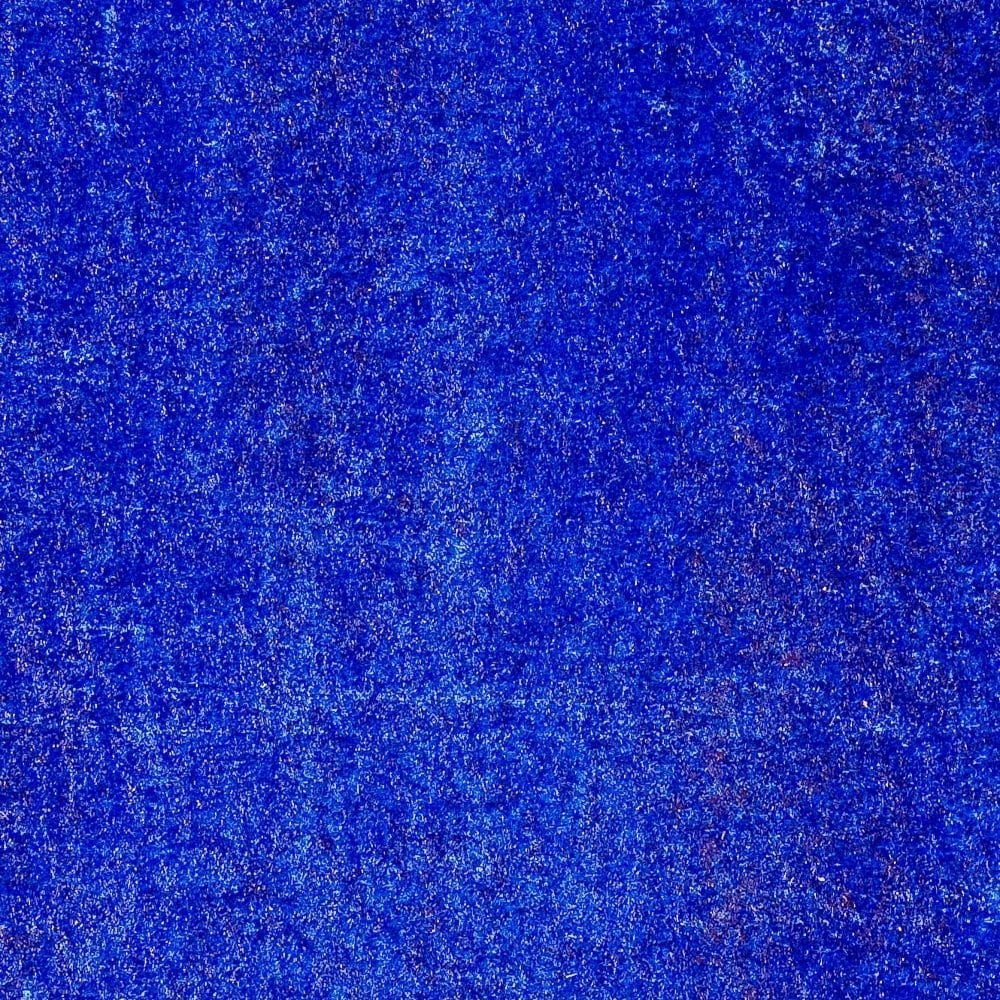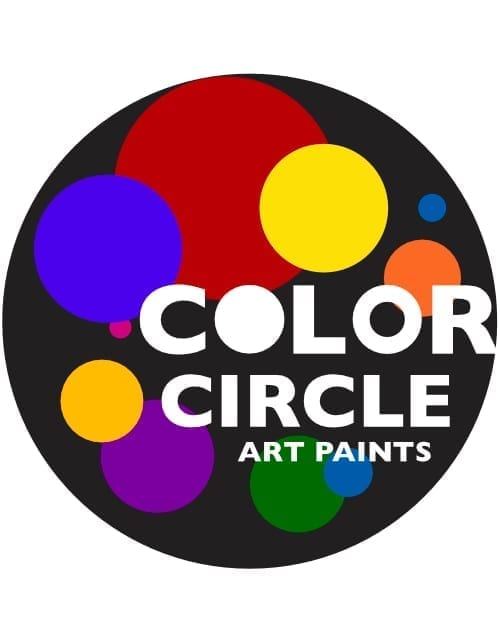Color basics
We perceive the world as extremely colorful.
We encounter colors as soon as there is enough light to perceive more than just dark areas and shadowy contours.
In low light, the rod cells in the back of the eye perceive differences in brightness and transmit this information to the brain.
If there is enough light, three types of cone cells (also in the back of the eye) are added, which now also allow us to perceive colors better.
How we perceive colors is very individual.
One example: We all know what a lemon looks like and what color it is. Really?
Do we have a picture in our heads of a lemon in Italy in the evening light, a lemon in a store in cold LED light, or at the dining table in warm light?
In addition, you have to decide whether the lemon is very ripe or still a little greenish and therefore unripe.
It depends on where you are, what light is shining and what mood you are in.
Yellow is not just yellow!
However, color perception depends on many more factors. Age, training in seeing colors and cultural contexts also play an important role.
Colors are therefore not a fixed quantity, but depend on the situations in which you see them – and the same color is not perceived in exactly the same way by all people.
Now it gets even better:
Color as a material does not exist!
What we see is a color perception that the brain puts together from different pieces of information.
Light hits a surface.
The properties of this surface determine what we later perceive as a color tone.
A dark material absorbs a large amount of the light rays that hit it. Only a small amount of light is reflected again.
A light-colored material reflects a lot of light.
We see a light color tone.
These properties determine the saturation (chroma) and brightness (lightness) of the surface.
Then there is the color of the light and the material properties:
There are two main ways of perceiving color:
1. Additive color mixtures = colors from light
2. Subtractive color mixtures = color perceptions on materials
1. Additive (brightening) mixture – colors from light
With a prism, directed, colorless light can be broken down into spectral colors by directing the rays over an edge of the glass body. The light fans out into a spectrum of colors as we know them from the rainbow.
The light itself has no stored colors!
If these rays are directed to a point using a converging lens, white light is produced.
The room itself must be as dark as possible so that the colors can shine.
Spectral colors can also be seen through the prism at the edges of black and white shapes.
Another way to experiment with light is to use lights in the colors red, green and blue (RGB). If these lights are directed at a point, colorless light is created again if the colors are precisely controlled!
This is known as additive mixing.
Only colored light sources can be used for this.
We are all familiar with additive colors from computer and television screens with the so-called RGB color space (for RED, GREEN and BLUE). For the printing industry, one of the biggest challenges is to convert RGB colors, which look bright and colorful on computer screens, into printed products.

2. Subtractive color mixtures – color appearances on materials
Rays of light hit a surface.
The surface structure reflects the light in a very specific way:
Dark surfaces swallow (absorb) most of the light.
Light-colored surfaces reflect most of the light.
Black and white are the most extreme contrasts.
Black and white are also colors.
In between lies an immeasurable number of gradations in the degree of brightness, colorfulness and hues.
The colors we perceive are first created in our eyes, which have countless special color and brightness receptors.
Every surface has its own specific degree of reflection or absorption that allows us to “see” a certain color.
Primary colors
Primary colors in painting with pigments are the following hues: yellow – red – blue.
They cannot be mixed from other colors and are the basis for all color mixtures.
However, it is never possible to mix all shades from these three basic colors!
Either a dull green or an equally dull violet will result – depending on which base colors are used.
This is why all artists use different shades of yellow, red and blue in order to be able to mix more intense orange, but above all green and violet or countless other shades.
Teaching color theory with only 3 basic colors is therefore an oversimplification that should only be used for getting started with color mixing!



You will find primary colors in our range:
Prime Yellow 1, Prime Red Magenta 2, Prime Blue 3:



And the group with:
Yellow greenshade 7, Scarlet 8, Cyan blue 9:



Secondary colors are always mixtures
Yellow and red make orange.
Yellow and blue make green.
Red and blue become violet.
These new color mixtures are called secondary colors.
They are always less colorful than the primary colors.
However: the colors Orange 4, Violet 5, Green 6 in our range are not mixtures of primary colors as described above.
We have made them from pure pigments that are extremely brilliant and rich in color. Your own mixtures will also become colorful again…
Painting with Color Circle in practice
We recommend that you start with a color palette consisting of the following tones:
Yellow 1, Blue 3, Violet 5, Green 6, Yellow 7, Scarlet 8, Cyan Blue 9, Red 18 Magenta.
You can order the shades directly here → Webshop









